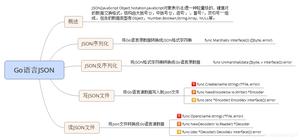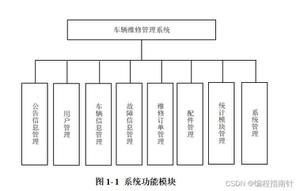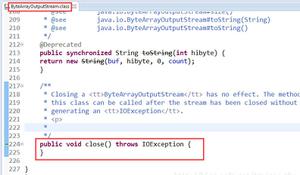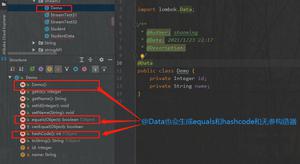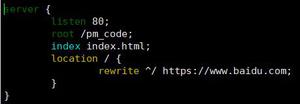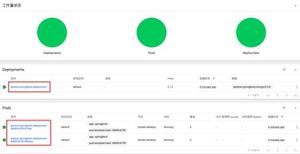Protostuff序列化和反序列化的使用说明
大家都知道protobuf好用,可是在网上找到的netty整合protobuf的文章都是千篇一律,自己编写proto文件然后使用工具转java文件用起来复杂麻烦,经过不懈努力终于找到了一个简单的方法希望大家喜欢。
google原生的protobuffer使用起来相当麻烦,首先要写.proto文件,然后编译.proto文件,生成对应的.java文件,鄙人试了一次,发现真的很麻烦。而protostuff的官方网站(http://www.protostuff.io/documentation/runtime-schema/),对于智商比较低的小编来说也略显生涩,于是鄙人就根据项目中用到的protostuff,撰写此文,以方便自己和他人加深印象和学习。
1.实战
1.maven依赖:
<dependency>
<groupId>io.protostuff</groupId>
<artifactId>protostuff-core</artifactId>
<version>1.4.0</version>
</dependency>
<dependency>
<groupId>io.protostuff</groupId>
<artifactId>protostuff-runtime</artifactId>
<version>1.4.0</version>
</dependency>
2.ProtoBufUtil工具类:ProtoBufUtil.java
import io.protostuff.LinkedBuffer;
import io.protostuff.ProtobufIOUtil;
import io.protostuff.ProtostuffIOUtil;
import io.protostuff.Schema;
import io.protostuff.runtime.RuntimeSchema;
/**
* Created by zhangzh on 2017/2/20.
*/
public class ProtoBufUtil {
public ProtoBufUtil() {
}
public static <T> byte[] serializer(T o) {
Schema schema = RuntimeSchema.getSchema(o.getClass());
return ProtobufIOUtil.toByteArray(o, schema, LinkedBuffer.allocate(256));
}
public static <T> T deserializer(byte[] bytes, Class<T> clazz) {
T obj = null;
try {
obj = clazz.newInstance();
Schema schema = RuntimeSchema.getSchema(obj.getClass());
ProtostuffIOUtil.mergeFrom(bytes, obj, schema);
} catch (InstantiationException e) {
e.printStackTrace();
} catch (IllegalAccessException e) {
e.printStackTrace();
}
return obj;
}
}
3. bean类Student.java:
import io.protostuff.Tag;
/**
* Created by zhangzh on 2017/2/20.
*/
public class Student {
@Tag(1)
private String name;
@Tag(2)
private String studentNo;
@Tag(3)
private int age;
@Tag(4)
private String schoolName;
// 关于@Tag,要么所有属性都有@Tag注解,要么都没有,不能一个类中只有部分属性有@Tag注解
public String getName() {
return name;
}
public void setName(String name) {
this.name = name;
}
public String getStudentNo() {
return studentNo;
}
public void setStudentNo(String studentNo) {
this.studentNo = studentNo;
}
public int getAge() {
return age;
}
public void setAge(int age) {
this.age = age;
}
public String getSchoolName() {
return schoolName;
}
public void setSchoolName(String schoolName) {
this.schoolName = schoolName;
}
@Override
public String toString() {
return "Student{" +
"name='" + name + '\'' +
", studentNo='" + studentNo + '\'' +
", age=" + age +
", schoolName='" + schoolName + '\'' +
'}';
}
}
3.test类ProtoBufUtilTest.java:
import java.util.Arrays;
/**
* Created by zhangzh on 2017/2/20.
*/
public class ProtoBufUtilTest {
public static void main(String[] args) {
Student student = new Student();
student.setName("lance");
student.setAge(28);
student.setStudentNo("2011070122");
student.setSchoolName("BJUT");
byte[] serializerResult = ProtoBufUtil.serializer(student);
System.out.println("serializer result:" + Arrays.toString(serializerResult));
Student deSerializerResult = ProtoBufUtil.deserializer(serializerResult,Student.class);
System.out.println("deSerializerResult:" + deSerializerResult.toString());
}
}
4.输出结果:
serializer result:[10, 5, 108, 97, 110, 99, 101, 18, 10, 50, 48, 49, 49, 48, 55, 48, 49, 50, 50, 24, 28, 34, 4, 66, 74, 85, 84]
deSerializerResult:Student{name='lance', studentNo='2011070122', age=28, schoolName='BJUT'}
总结
以上是 Protostuff序列化和反序列化的使用说明 的全部内容, 来源链接: utcz.com/z/359191.html

